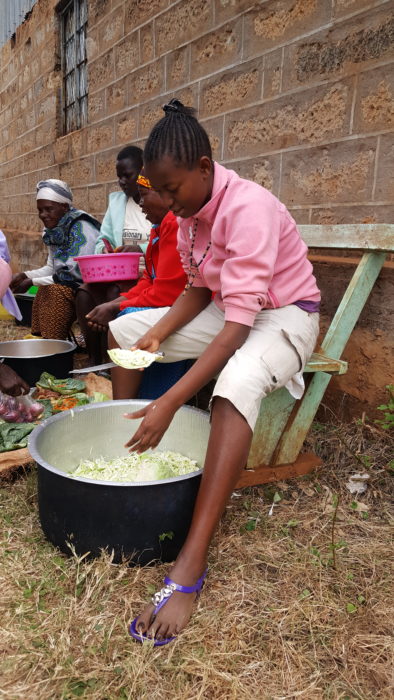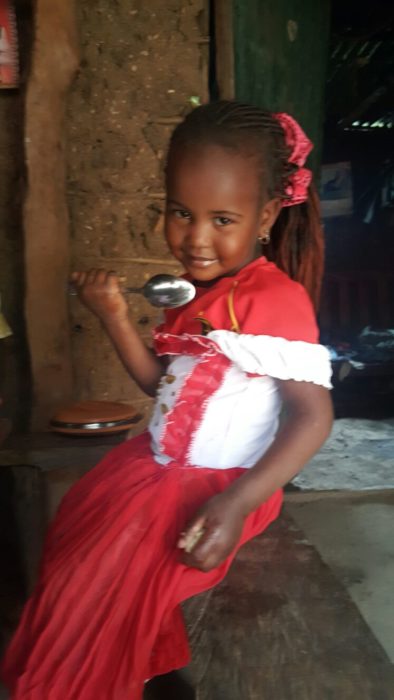Tackling the Myth of a Dollar a Day
When it comes to the cost of daily life, what is the value of a dollar?
Our current understanding of what it means to live in extreme poverty owes a lot to an arbitrary benchmark figure set by the World Bank. In 1990, the World Bank published a report confirming that to be extremely poor in the modern world meant living on less than “one [US] dollar a day”. Since then, from worldwide poverty statistics to suggested charitable donations, this figure of USD$1 per day has become the standard measure for poverty worldwide. The problem is that this estimate was way off.
The World Bank’s widely quoted benchmark has created what Regina Jere-Malanda describes as “the myth of living on a dollar a day”. This myth has carried into the new millennium and beyond, shaping our understanding of what life in under-developed and developing countries really costs and influencing foreign aid budgets.
In 2000, the United Nations published its Eight Millennium Development Goals (MDGs). One of these goals was to reduce hunger and poverty by half in fifteen years. In October 2015, the USD$1-per-day benchmark for extreme poverty was recalibrated by the World Bank to USD$1.90-per-day. However, this minimum standard is still widely considered to be far from adequate
In reality, the cost of supporting a family in developing regions is much more complicated than a blanket sum. Every country has different educational systems, social infrastructure, costs of living and degrees of economic development. While small contributions are helpful, no adult, child or infant should have to survive on a mere USD$1-per-day or even USD$1.90. Not only are the data on which these figures based outdated, but the cost of living worldwide has risen. We need to to work with a more realistic perspective of the true cost of development.
Beyond a Dollar a Day
Moving beyond USD$1 per day means becoming aware of the real relative costs of development and viewing those costs as an investment in long-term and sustainable futures, not just survival in the present. Without this long-term view, development goals will not be met.
Perspectives are changing. Last year world governments agreed on a set of 17 new Sustainable Development Goals (SDGs). The new goals are designed to achieve more practical, overarching sustainability and human rights goals over the next 15 years by addressing the root causes of poverty and the reality of development needs worldwide. There is still much to be done and bigger dreams to be dreamed.

Our work at Stahili is consistent with these goals and even goes beyond. We aim to encourage long-term sustainable development by supporting the real daily needs of children and their families—not only to support their daily life in the present, but to foster their growth in the future. In order to accomplish these goals, a shift in mentality is needed towards a more realistic and comparative approach to measuring poverty that incorporates the holistic and proactive budgeting of costs. Sending a child to school, for example, is not just about meeting the costs of tuition. A host of other costs, from uniforms and school equipment to transport, food and support for families, may also be vital to both sending a child to school, and ensuring a long-term education.
The dollar-a-day myth stands in the way of this proactive shift because it is premised on subsistence rather than sustainability. Without development, there is no growth. As we move towards these goals, we must continue to challenge the “myth of a dollar-a-day” because, in reality, the value of supporting a child is much more.
Thanks to Eleanor Dennis for her support in the preparation of this post.